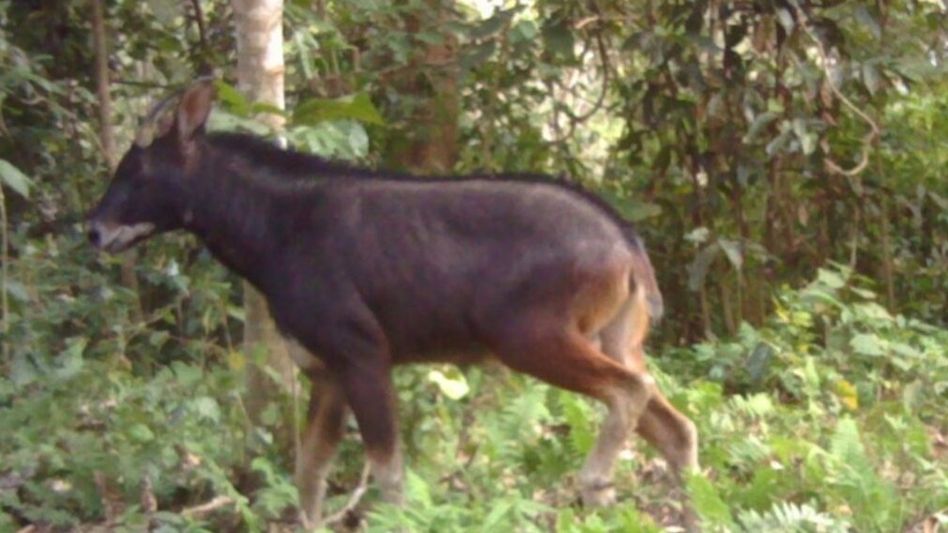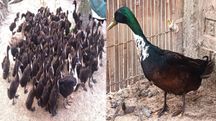First-ever photograph of Mainland Serow captured in Assam's Raimona National Park
The Assam Forest Department and conservationists have documented the first-ever photograph of the Mainland Serow in Raimona National Park. This discovery is a significant milestone for biodiversity conservation efforts in the region.
 Mainland Serow Photographed in Assam
Mainland Serow Photographed in AssamThe Assam Forest Department and conservationists have documented the first photographic evidence of the Mainland Serow in the newly established Raimona National Park. This vulnerable species, recognized by the International Union for Conservation of Nature (IUCN), was photographed near the Ganda Bajrum Anti-poaching camp in the park’s western range.
The breakthrough was achieved using advanced white flash passive Panthera V6 digital camera traps. Both Aaranyak, a biodiversity conservation organization, and the Assam Forest Department independently captured images of the Mainland Serow in two separate events. The findings have been published in the Journal of Threatened Taxa, crediting Aaranyak’s senior scientist Dr. M. Firoz Ahmed, senior conservation biologist Dr. Dipankar Lahkar, and their team, in collaboration with forest officials and academic researchers.
Bhanu Sinha AFS, Divisional Forest Officer of Kachugaon Forest Division, expressed enthusiasm about the discovery, highlighting its significance for biodiversity conservation. “We are thrilled by the finding. Our goal is to conserve this species and other wildlife extensively in the national park,” he stated.
The Mainland Serow, scientifically known as Capricornis sumatraensis thar, inhabits regions from the Himalayas to Southeast Asia, including parts of Bhutan’s Phibsoo Wildlife Sanctuary and Royal Manas National Park. Despite facing threats such as poaching and habitat destruction, this sighting in Raimona National Park offers a hopeful opportunity for its conservation.
Dr. Ahmed emphasized the collaborative effort behind the discovery, acknowledging the support from the National Park Authority. “There is a wealth of wildlife in Raimona National Park, and the finding of this species is good news for the conservation world,” he noted.
Dr. Lahkar highlighted the challenges for the species, pointing out that their populations are fragmented, isolated, and rapidly declining due to poaching and habitat destruction. He noted the difficulty in implementing effective conservation actions due to the lack of reliable data on the species’ abundance and distribution.
Declared a national park by the Assam government in June 2021, Raimona National Park represents a significant conservation effort following decades of ethnopolitical conflict. With renewed protection and conservation initiatives bolstered by the establishment of the Bodoland Territorial Council in 2020, stakeholders are committed to securing the Mainland Serow population and restoring degraded habitats for sustained wildlife preservation.
Copyright©2025 Living Media India Limited. For reprint rights: Syndications Today









